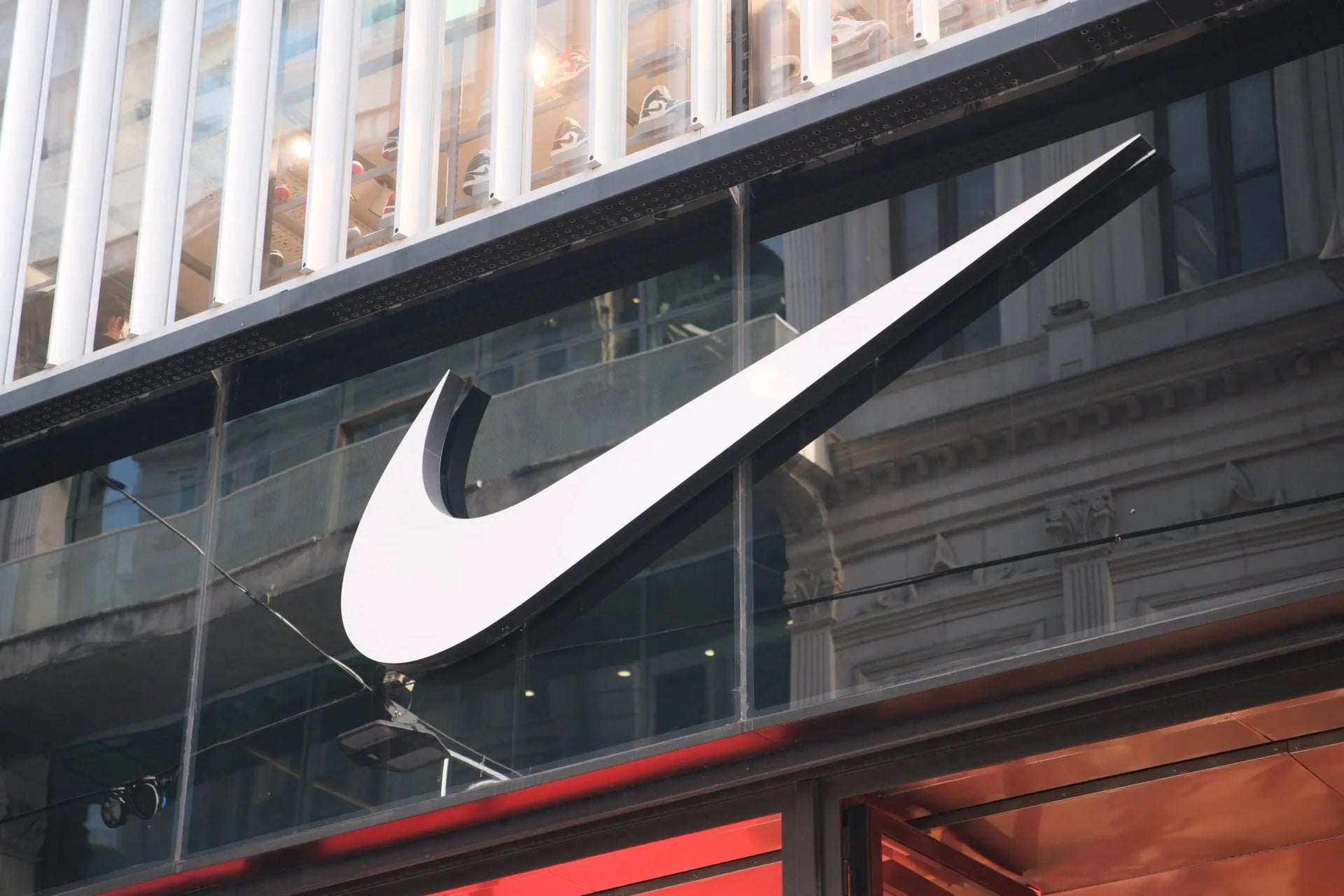
Nike's Strategic Shift: Revamping Wholesale and Performance Focus Amid Revenue Declines
Table of Contents
- Key Highlights:
- Introduction
- Renewed Focus on Wholesale
- Other Nike Changes
- $1 Billion in Tariff Impacts Prompt Price Increases
- Nike Full-Year Financial Results
- Glimmers of Hope
- FAQ
Key Highlights:
- Nike's revenue dropped across all channels and regions, prompting a strategic pivot under new CEO Elliott Hill to refocus on the wholesale market.
- The company plans to hire additional staff for retail marketing and account management to enhance partnerships and improve consumer engagement.
- Significant tariff impacts are leading to price increases in the U.S., while the company aims to reduce reliance on Chinese manufacturing.
Introduction
As Nike grapples with a notable decline in sales across its various channels, the company is embarking on a strategic overhaul aimed at revitalizing its brand and market presence. Under the leadership of new CEO Elliott Hill, who succeeded John Donahoe after a turbulent period marked by drastic shifts towards a direct-to-consumer (DTC) model, Nike is re-engaging with its wholesale partners. This pivot comes in response to financial results that fell short of the company’s historically high standards, highlighting a critical moment in Nike's trajectory as it seeks to reclaim its position as a leader in the global athletic wear market.
The decision to refocus on wholesale comes after several challenging years, where Nike's performance-centric offerings took a backseat to lifestyle products. The company now aims to strike a balance between performance and lifestyle, leveraging its extensive portfolio to connect with a wider range of consumers. This article delves into Nike's recent strategic changes, financial performance, and the implications of external factors such as tariffs and global manufacturing dynamics.
Renewed Focus on Wholesale
Elliott Hill has made it clear that revitalizing the wholesale channel is a core initiative during his tenure. In a recent earnings call, Hill emphasized the importance of strengthening partnerships with retailers, stating, “I’m personally meeting with our partners to reaffirm that we’re prioritizing and investing in their businesses.” This renewed commitment is accompanied by strategic efforts to broaden distribution, ensuring Nike products are accessible to a diverse consumer base.
To bolster its wholesale strategy, Nike is actively hiring personnel in retail marketing, visual merchandising, and account management. This move is designed to enhance the presentation of products, foster stronger consumer connections, and ultimately improve sell-through rates. Notably, Nike is targeting a variety of retail accounts, ranging from large chains to specialty shops, to create a more inclusive marketplace for its offerings.
Among the initiatives designed to capture Gen Z consumers is a unique experience being rolled out at Urban Outfitters, alongside the opening of 200 new doors focused on women's apparel, including collaborations with popular chains like Aritzia. Furthermore, Nike's partnership with Amazon—which is set to launch this fall—signals a strategic move to tap into e-commerce growth while maintaining traditional retail relationships.
Hill asserts that the integrated marketplace concept is taking shape, allowing Nike to leverage its brand portfolio across various channels and price points, reinforcing its market presence as a multifaceted provider of sport-led products.
Other Nike Changes
As part of the rejuvenation strategy, Hill is refocusing Nike's efforts on its core competencies—sports and growth. His "win now" strategy emphasizes a balance of culture, products, marketing, and marketplace presence to foster brand loyalty and consumer engagement. A significant aspect of this strategy involves recalibrating the supply of iconic products like the Air Force Ones, Dunks, and Air Jordans, which had faced oversaturation in the market.
Hill's leadership has also sparked a shift back toward performance-oriented products, which had seen diminished emphasis in recent years. By investing in key sports moments and significant product launches, Nike aims to regain its influential voice within the athletic community. This revitalization effort has already begun to resonate with consumers, igniting renewed interest in Nike's performance lines.
In addition to these strategic adjustments, Hill has restructured his leadership team, changing 11 of his 15 direct reports, which is indicative of a broader cultural shift within the organization aimed at fostering innovation and responsiveness to market dynamics.
$1 Billion in Tariff Impacts Prompt Price Increases
The financial landscape for Nike is further complicated by the ongoing tariff situation. With approximately 16% of its footwear imports coming from China, Nike is looking to diversify its supply chain to mitigate risks associated with tariffs. CFO Matthew Friend noted that the company plans to reduce its manufacturing exposure to China to the high single-digit range in the future.
As tariffs escalate, Nike anticipates absorbing some costs while also implementing price increases in the U.S. market, starting in the fall of 2025. This decision underscores the balancing act Nike must perform as it navigates external pressures while seeking to maintain brand equity and consumer trust.
Nike Full-Year Financial Results
The financial data for the fiscal year ending May 31 presents a sobering picture for Nike. Total sales reached $46.3 billion, reflecting a 9% decline when adjusted for constant currency. This downturn was mirrored across all segments, with wholesale revenue dipping to $25.9 billion (a 6% decrease) and DTC sales falling to $18.8 billion (a 12% decline).
In terms of geographical performance, North America saw an 8% revenue decline, while the EMEA region experienced a 10% drop. The Asia Pacific and Latin America markets were slightly better off with a 3% decline, but Greater China faced the steepest fall at 12%. The overall revenue for the Nike brand, which totaled $44.7 billion, was down 9% in constant currency, while Converse reported an 18% revenue decline to $1.7 billion. Notably, net income fell by 44%, landing at $3.2 billion for the year.
Glimmers of Hope
Despite the challenges, there are signs of optimism within Nike's operations. Executives highlighted several positive developments during their earnings call, such as increased wholesale orders for the upcoming holiday season and a resurgence in the running category, which saw high-single-digit growth attributed to new performance product launches.
Moreover, a robust pipeline of innovation is set to be unveiled, coupled with plans for increased marketing efforts, which Hill believes will contribute to a turnaround in business results. “From here, we expect our business results to improve,” he stated, signaling a renewed commitment to growth and market leadership.
FAQ
What prompted Nike's shift back to the wholesale market?
Nike's recent revenue declines across all channels and regions led new CEO Elliott Hill to prioritize the wholesale channel as a vital part of the company's growth strategy.
How is Nike planning to improve its relationships with retail partners?
Nike is hiring additional staff focused on retail marketing and account management to enhance partnerships and improve consumer engagement through better product presentations and connections.
What impact will tariffs have on Nike's pricing strategy?
Nike plans to implement price increases in the U.S. due to rising tariffs while also seeking to absorb some of the increased costs through strategic adjustments in its supply chain.
How did Nike perform financially in the recent fiscal year?
Nike reported a total revenue of $46.3 billion, marking a 9% decline. DTC sales fell by 12%, and net income decreased by 44%, reflecting significant challenges in the market.
What are some positive indicators for Nike's future?
Executives noted an increase in wholesale orders and growth in the running category, along with a strong pipeline of new product innovations and marketing initiatives aimed at revitalizing the brand.
Zasil swoją e-commerce naszymi cotygodniowymi spostrzeżeniami i aktualizacjami!
Bądź na bieżąco z tym, co dzieje się w świecie handlu
Adres e-mail
Wybrane dla Ciebie

03 July 2025 / Blog
Alibaba's Strategic Shift: Navigating the AI Era with Purposeful Transformation
Przeczytaj więcej
03 July 2025 / Blog
Madison LeCroy's Must-Haves: A Dive into the Southern Charm Star's Favorite Amazon Finds
Przeczytaj więcej
03 July 2025 / Blog


